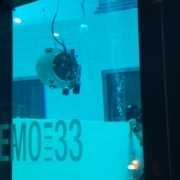CHPM2030 final conference, Delft
The CHPM2030 final conference took place last week, in Delft, the Netherlands, within the framework of the EuroWorkshop “Geology and the energy transition”. The workshop was organised by the European Federation of Geologists, with the aim to provide insights on the energy transition and how it affects geosciences. During the morning session, “Policy discussed by policymakers”, speakers discussed about Geology and energy transition (Vítor Correia), The subsurface at our service (Ruud Cino), The changing role of Petroleum Geoscientists in the Energy Transition (Eilard Hoogerduijn Strating) and The R&I frontiers as envisaged by the European Technology & Innovation Platform on Deep Geothermal (Adele Manzella). In the afternoon, there were two parallel sessions. The session on “Geosciences in the energy transition” introduced projects where geoscience plays a key role in the realisation of the energy transition, while the session on CHPM2030 provided details on the final outcomes of the project.
The session on CHPM2030 included presentations by different project partners: Overview of the CHPM2030 project results (Éva Hartai, Tamás Madarász), Metal content mobilisation from deep ore bodies (Chris Rochelle), Metal recovery from geothermal fluids (Xochitl Dominguez), Salt gradient power generation by reverse electrodialysis (Joost Helsen), System integration and conceptual framework for the CHPM plant (Árni Ragnarsson) and Economic and environmental aspects of the CHPM technology (Wojtech Wertich).
The last presentation was given by Tamas Miklovicz, La Palma Research Centre, who showed the preliminary results of the CHPM roadmap. LPRC’s main contribution to the project, given its foresight capabilities, is the development of the CHPM research roadmap, focusing on 2030 and 2050 time horizons. The roadmap document will cover three layers of the technology: 1) CHPM component roadmap, providing a direct follow-up of the current technological components; 2) Preparation for future pilots, investigating how to arrive to pilot readiness level at distinct European study areas (Cornwall in the UK, Portuguese Iberian Pyrite Belt, Beius Basin and Bihor Mountains in Romania, Kristineberg, Nautanen areas in Sweden) including an European Outlook with a CHPM information platform on prospective locations; and, 3) Overall CHPM concept, investigating the future of the combination of geothermal energy with mineral extraction, using foresight methods (Horizon Scanning, Delphi survey, Visioning, Roadmapping). The roadmap is going to be published by the end of June, but until then, you can go ahead the follow the Tamas’s Roadmap Prezi slideshow below:
A fieldtrip was organised on the second day with the theme Exploring the Anthropocene, on the Sedimentary dynamics of the Dutch coast, showcasing how the current Dutch landscape was formed during the Holocene (since around 11 700 years ago) sea level rise. The workshop participants also visited many of the flood protection infrastructure – commonly known as dams – that prevent the Dutch deep lands to be flooded by groundwater, incoming rivers or the sea. The most impressive site was the Maeslantkering mobile storm surge barrier: it is an engineering marvel and one of Earth’s largest moving structures.
The CHPM2030 partners are going to meet again in Miskolc, Hungary, at the end of June, to conclude the project and wrap up the results.

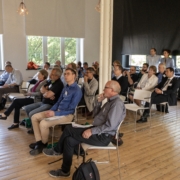
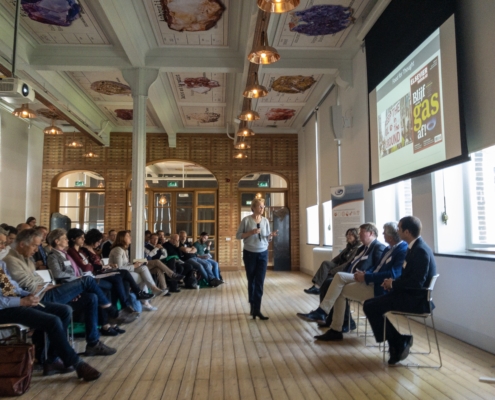
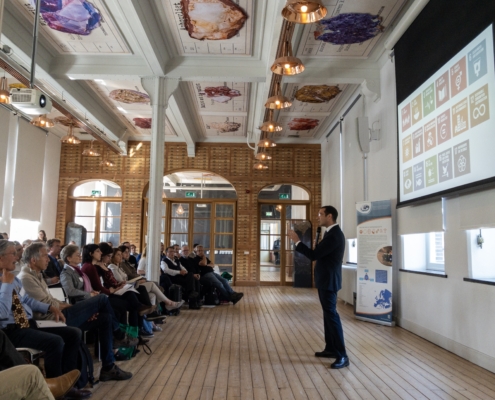
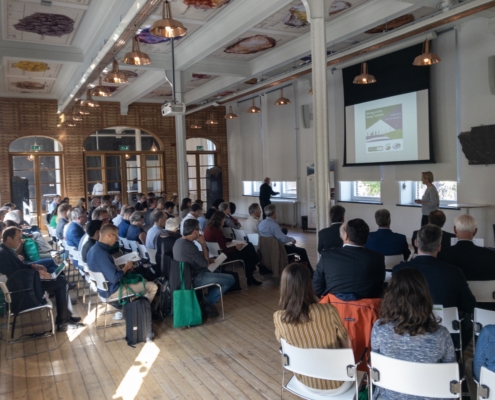
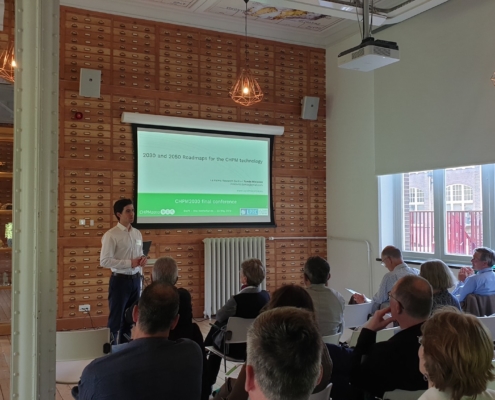
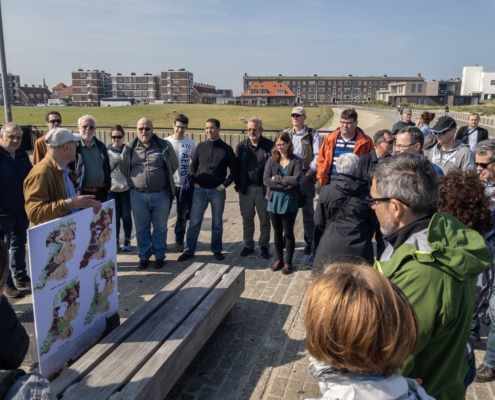
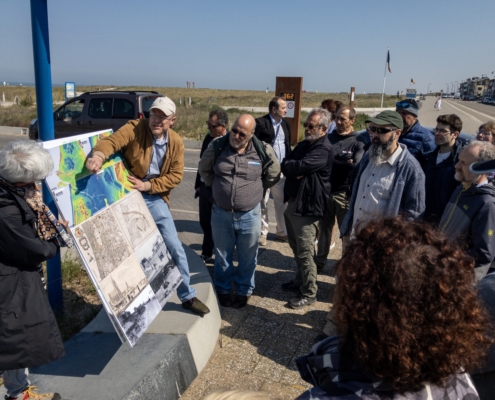
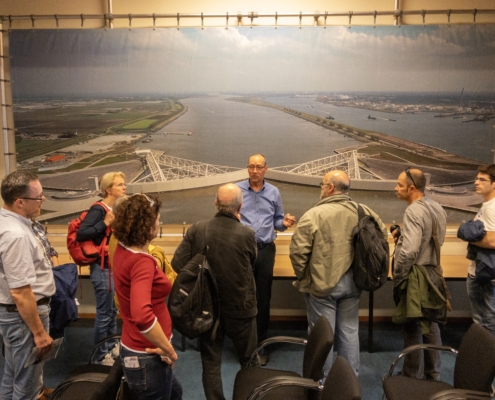
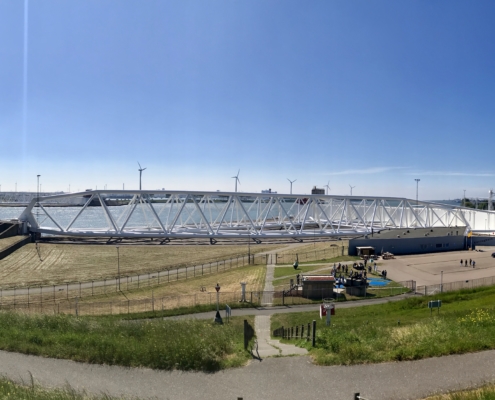
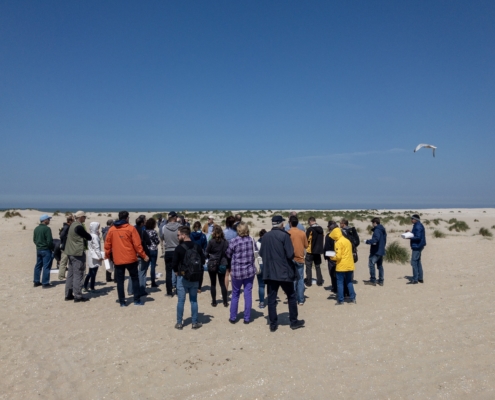
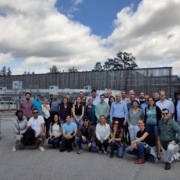
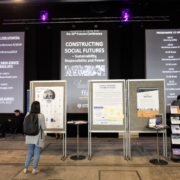
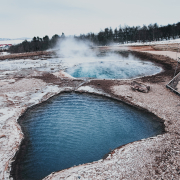
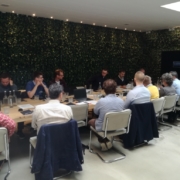
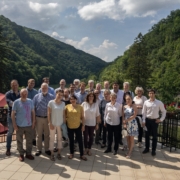 Tamas Miklovicz
Tamas Miklovicz